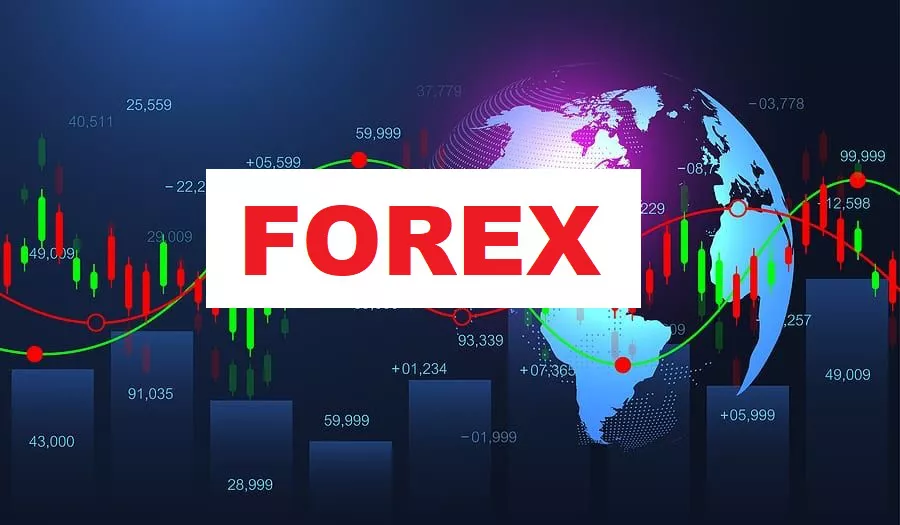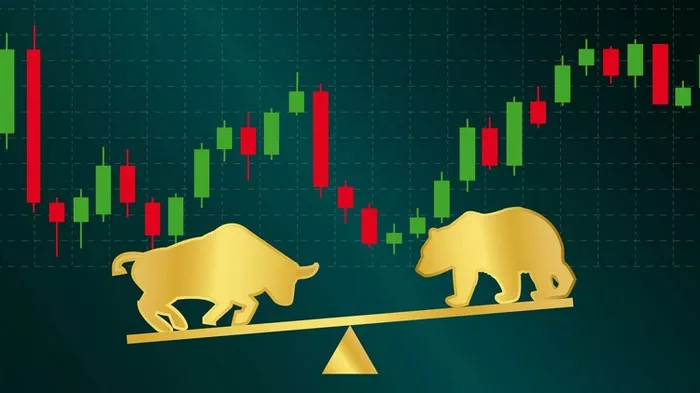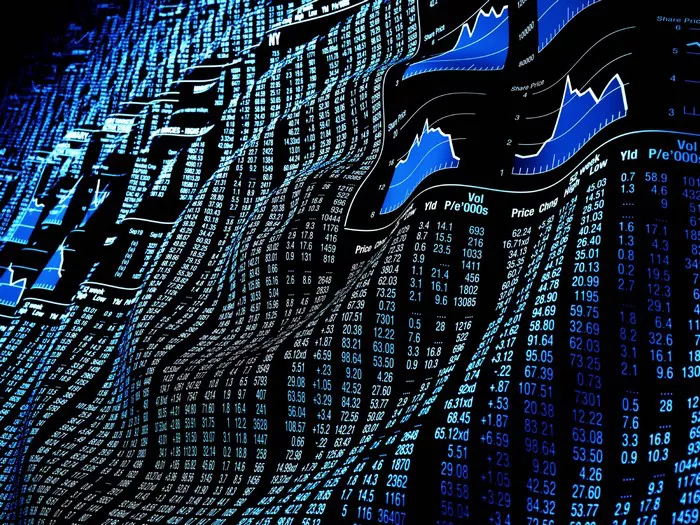The foreign exchange (forex) market is a global marketplace for exchanging national currencies. With an average daily trading volume exceeding $6 trillion, it is the largest and most liquid financial market in the world. This article will delve into the intricacies of the forex market, explaining its mechanisms, key players, and the factors influencing its movements.
1. Understanding the Basics of Forex Trading
What is Forex Trading?
Forex trading involves buying one currency while simultaneously selling another. Currencies are traded in pairs, such as EUR/USD (euro/dollar) or GBP/JPY (British pound/Japanese yen). The first currency in the pair is the base currency, and the second is the quote currency. Forex trading aims to profit from changes in the exchange rates between two currencies.
How Exchange Rates Are Quoted
Exchange rates are quoted as bid and ask prices. The bid price is the price at which the market is willing to buy a currency pair, while the ask price is the price at which the market is willing to sell. The difference between these prices is known as the spread, which is a key cost of trading.
2. Key Players in the Forex Market
Central Banks
Central banks play a crucial role in the forex market. They manage their countries’ monetary policies and may intervene in the market to stabilize or increase the value of their national currency. Examples include the Federal Reserve (Fed) in the United States and the European Central Bank (ECB).
Commercial Banks
Commercial banks conduct a large portion of forex transactions. They facilitate currency exchange for their clients, including businesses and governments. Major banks like JPMorgan Chase, Bank of America, and HSBC are significant players in the forex market.
Financial Institutions
Other financial institutions, such as hedge funds, pension funds, and mutual funds, engage in forex trading to diversify their portfolios and hedge against currency risk.
Retail Traders
Retail traders participate in the forex market through online brokerage platforms. Although they account for a small fraction of the total trading volume, their presence has grown significantly with the rise of online trading.
See Also: 7 Reasons Why The US Dollar Is The Most Traded Currency In The World
3. How Forex Trading Works
The Trading Process
Forex trading occurs over-the-counter (OTC), meaning there is no centralized exchange. Trading is conducted electronically via computer networks between traders worldwide. This setup allows the market to operate 24 hours a day, five days a week.
Currency Pairs and Cross Rates
Currencies are always traded in pairs. Major currency pairs involve the most traded currencies globally, such as EUR/USD, USD/JPY, and GBP/USD. Cross rates are currency pairs that do not include the US dollar, like EUR/GBP or AUD/JPY.
Leverage and Margin
Forex trading often involves leverage, which allows traders to control a large position with a relatively small amount of capital. While leverage can amplify profits, it also increases the potential for significant losses. Margin is the collateral required to open and maintain a leveraged position.
4. Factors Influencing Exchange Rates
Economic Indicators
Economic indicators, such as GDP growth, employment data, and inflation rates, significantly impact exchange rates. Positive economic data can strengthen a country’s currency, while negative data can weaken it.
Interest Rates
Interest rates set by central banks influence exchange rates. Higher interest rates attract foreign capital, leading to an appreciation of the national currency. Conversely, lower interest rates can result in currency depreciation.
Political Stability
Political events, such as elections, policy changes, and geopolitical tensions, can affect currency values. Stable political environments tend to support stronger currencies, while uncertainty and instability can lead to depreciation.
Market Sentiment
Market sentiment, driven by traders’ perceptions and risk appetite, can cause short-term fluctuations in exchange rates. Factors such as global economic outlook, financial news, and speculative trading all contribute to market sentiment.
5. Types of Forex Analysis
Fundamental Analysis
Fundamental analysis involves examining economic, financial, and geopolitical factors to predict currency movements. Traders analyze indicators like GDP, unemployment rates, and monetary policy to assess a currency’s intrinsic value.
Technical Analysis
Technical analysis focuses on historical price data and chart patterns to forecast future movements. Traders use tools such as moving averages, trend lines, and support and resistance levels to identify trading opportunities.
Sentiment Analysis
Sentiment analysis gauges market participants’ overall attitude toward a particular currency. Tools like the Commitment of Traders (COT) report and various sentiment indexes help traders understand market sentiment and potential reversals.
6. Forex Trading Strategies
Day Trading
Day trading involves opening and closing positions within the same trading day to capitalize on short-term price movements. Day traders rely heavily on technical analysis and often trade multiple times a day.
Swing Trading
Swing trading aims to capture price swings over several days or weeks. Swing traders use a combination of fundamental and technical analysis to identify entry and exit points.
Position Trading
Position trading is a long-term strategy where traders hold positions for months or even years. This approach relies on fundamental analysis and is less concerned with short-term price fluctuations.
Scalping
Scalping involves making numerous small trades to profit from tiny price movements. Scalpers often hold positions for just a few minutes and rely on high leverage and tight spreads.
7. Risks and Rewards of Forex Trading
Risks
Forex trading carries significant risks, including market risk, leverage risk, and operational risk. Market risk arises from fluctuations in exchange rates, while leverage risk stems from the amplified effects of leverage on both profits and losses. Operational risk involves technical issues, such as platform failures and connectivity problems.
Risk Management
Effective risk management is crucial for successful forex trading. Traders use various techniques, such as setting stop-loss orders, diversifying their portfolios, and controlling position sizes, to mitigate risk.
Rewards
Despite the risks, forex trading offers potential rewards, including high liquidity, 24-hour trading opportunities, and the potential for substantial profits. Successful traders combine skill, knowledge, and disciplined strategies to navigate the forex market.
Conclusion
The foreign exchange market is a dynamic and complex environment that offers significant opportunities for traders. By understanding the basics of forex trading, the key players involved, the factors influencing exchange rates, and the various trading strategies and risks, individuals can make informed decisions and potentially achieve success in this vast global market. Whether you are a novice trader or an experienced investor, staying informed and continuously honing your skills is essential for thriving in the world of forex trading.
Related topics:




























